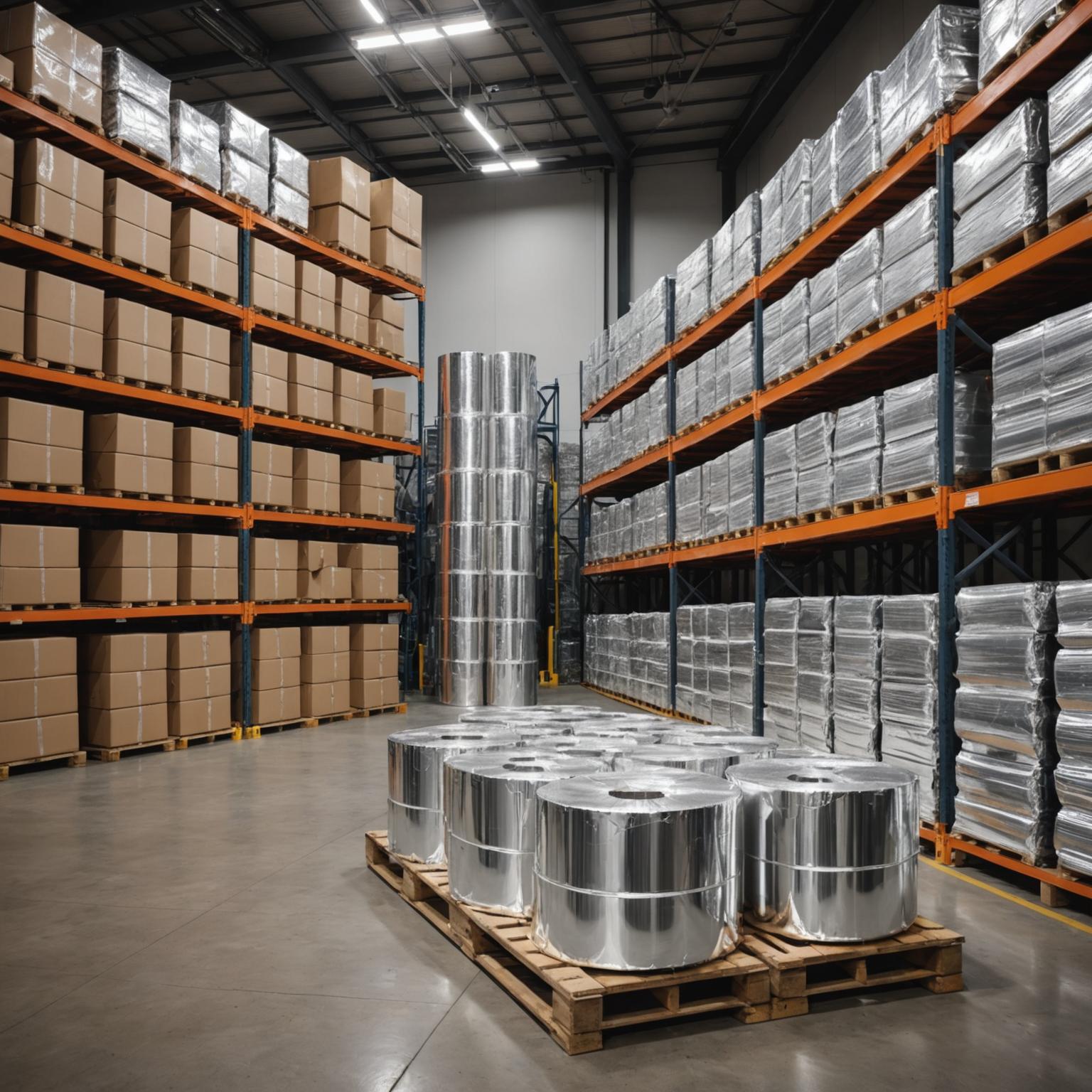Understanding the specifications of raw materials is fundamental to the success of any manufacturing or construction project. When it comes to versatile and durable materials, stainless steel is often the top choice. But for those new to sourcing it, a common question arises: What are the common specifications of stainless steel hot-rolled coils? These coils are the backbone of countless industries, from automotive to heavy machinery, and knowing their key attributes is crucial for ensuring your final product has the required strength, durability, and performance characteristics. This guide will walk you through the essential specifications you need to understand to make informed decisions for your next project.
The Hot-Rolling Process and Its Impact on Specifications
Before diving into the specific numbers and grades, it's helpful to understand how these coils are made. The hot-rolling process involves heating a large slab of stainless steel to a temperature above its recrystallization point, typically over 1,700°F (926°C). At this high temperature, the steel becomes malleable and can be passed through a series of large rollers to reduce its thickness and form it into a long sheet. This sheet is then coiled for easy transport and handling. This process is what defines the material's initial properties. Compared to cold-rolled steel, hot-rolled steel generally has a more scaled surface finish, slightly less precise dimensional tolerances, and is typically more cost-effective, making it ideal for applications where an ultra-smooth finish is not the primary concern.
Key Specifications of Stainless Steel Hot-Rolled Coils
When you are sourcing stainless steel hot-rolled coils, several key specifications will define the product. The most critical of these are the grade, thickness, width, and finish. The grade refers to the specific alloy composition of the stainless steel, which determines its mechanical properties, such as corrosion resistance, strength, and heat resistance. Common grades in the 300 series, like 304 and 316, are known for their excellent corrosion resistance, while grades in the 400 series offer higher strength and wear resistance. The thickness and width are fundamental dimensional properties that dictate how the coil can be used in fabrication processes. Finally, the surface finish, while less refined than cold-rolled products, is still an important factor, with a standard No. 1 Finish being common for hot-rolled coils.
Typical Specification Range: A Closer Look
When we discuss a Typical specification range: for hot-rolled coils, we are referring to the standard dimensions and grades widely available in the market. Thickness for these coils commonly ranges from around 1.5 mm to over 10 mm, accommodating everything from automotive chassis components to structural beams for construction. The width can vary significantly as well, typically from 600 mm up to 2000 mm, allowing for efficient production of large parts. Coil weight is another practical specification, as it impacts logistics and handling capabilities within a facility. Understanding this Typical specification range: helps you align your project requirements with standard industry offerings, which can optimize costs and lead times. Choosing non-standard dimensions is possible but often comes at a premium.
How Specifications Dictate Application
Each specification directly influences where and how a stainless steel hot-rolled coil can be used. For instance, a thick, wide coil of grade 316 stainless steel, known for its superior resistance to chlorides and acids, is a perfect candidate for manufacturing large chemical storage tanks or marine equipment. In contrast, a medium-thickness coil of grade 304, a versatile and widely used alloy, is ideal for producing robust home appliances, industrial kitchenware, and structural components for machinery. The product's formability, which is a benefit of the hot-rolling process, allows it to be shaped into complex parts for automotive frames and agricultural equipment, where strength and durability are paramount over a cosmetic finish.
Choosing the Right Hot-Rolled Coil for Your Project
Selecting the correct stainless steel hot-rolled coil requires a careful evaluation of your project's end-use. You must balance the need for specific properties like corrosion resistance and strength with practical considerations such as your manufacturing capabilities and budget. Always consider the environment the final product will be exposed to, the mechanical stresses it must endure, and the fabrication processes it will undergo. Consulting with a knowledgeable supplier is invaluable. An expert can help you navigate the various grades and dimensional options to find the perfect match for your application, ensuring you receive a premium-grade coil that is engineered for performance, consistency, and reliability. By making an informed choice, you lay the foundation for a product that is not only effective but built to last.








